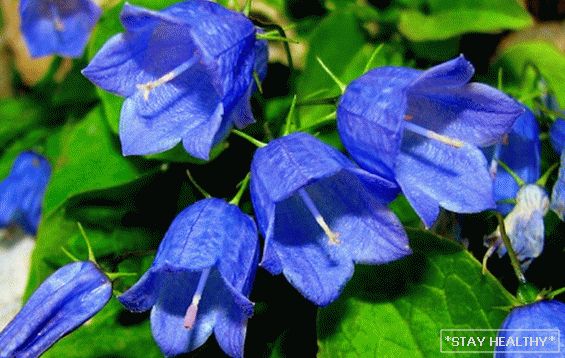 Пт, 09 июн 2017 Автор: Велена Листницкая
Пт, 09 июн 2017 Автор: Велена Листницкая
The bell gets its name for the unique shape of the flower.
Previously, it could be found only in the vast fields, but
there were connoisseurs who chose this flower to decorate their
plots. Not paid attention to it and breeders who brought
many new varieties. Now you can see the white bells,
lilac, blue, pink flowers, terry and smooth, perennials and
annuals, with a diverse form of inflorescences.
Contents
We grow a bell: landing
The first action of the grower, who decided to add a bell on
own beds – choice of landing site. This flower grows beautifully on
sunny or slightly shaded areas, but does not tolerate stagnant water
– if groundwater is located close to the surface, it has
meaning to find or create a small hill. In the opposite
When grown on swampy soil, the flower will freeze in
first winter. Learn varieties that take root well in
shaded places, it is possible by dark green foliage, but, like
the rest, they need to be protected from drafts.
It grows poorly on heavy soils, so they should be “lightened”,
adding humus or sand. The poor soil is mixed with turf,
fertilize well. An option close to the ideal for a bell
there will be light soil with neutral acidity. However, it is worth
focus on the individual requirements of the selected grade –
some species feel better on the soil with weak alkaline
reaction, others prefer stony or limestone soil.
The future flower bed is prepared in advance. Ground digging, remove
weeds and roots fertilize – enough superphosphate and
rotted manure. Fresh is not recommended, for the same reason
as peat – there is a risk to introduce a fungus into the soil.
Seedlings and rhizome division
If you decide to grow a bell, care for it will depend
from the mode of reproduction.
1. Planting seeds in open ground is done in autumn,
around October. It should be noted that if a species is selected that grows in
the wild, then its self-seeding will have to be carefully monitored,
as the bell multiplies actively. Selected seeds are planted in
prepared soil, keeping a distance of about 2 cm.
worth it: just sprinkle them on top of the ground. If put on
this way, the first shoots will appear in early spring. In the end
May – early June, they can be transplanted to a permanent place.
2. Rassadnaya method bell implanted in March. Its seeds
very small, therefore for them prepare a mixture of soil from three parts
humus, six – sod, and one – coarse sand.
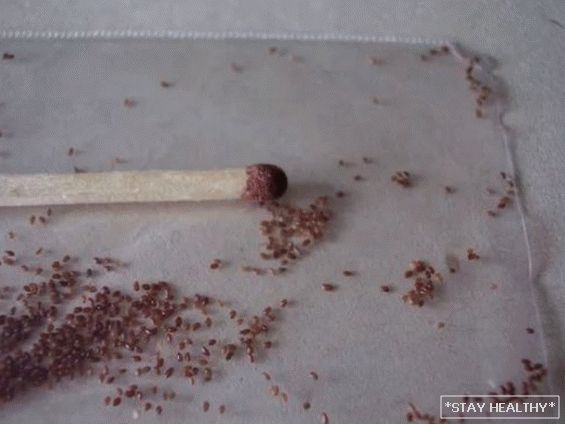
At this stage, no fertilizer is required. Seeds pressed
to the substrate, and copiously sprayed with water from a spray bottle. Above
glass is put on the drawers: it is easier to remove it than polyethylene to
spray and ventilate the seedlings. After 2-3 weeks, the glass is removed.
Further care of plants does not differ from care of any
flower seedlings: watering as needed, content in
enough sunny spot, picking seedlings after the appearance of three
these leaves. Two weeks after the picking you can make
the first complex fertilizer, diluting it with water to the minimum
concentration. In the open ground young bells are planted
after the threat of frost has passed (at 18-20? C).
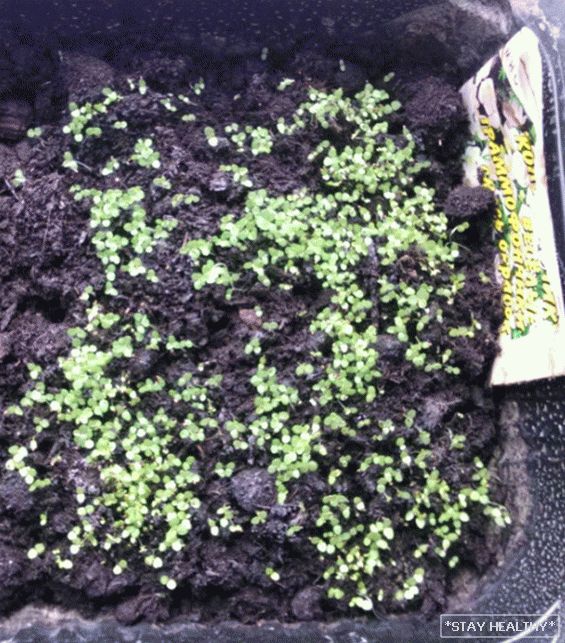
3. In August, at the end of flowering, the bell can be divided
rhizomes. When the ground part of the plant is cut, the bush
excavated and neatly divided into several parts, which immediately
also planted in new places. The distance between such “plots”
must be at least 50 cm.
To achieve flowering this year will help sowing either before winter or
seedlings. When dividing the root bell bloom only for the future
year. To young plants quickly gained a decorative look,
in the spring they are fed with nitrogen. To increase frost resistance under
flowers bring in phosphorus, and in the fall – potassium.
Bell: care for flowers after planting
Depending on plant height (low, medium or large)
plan the distance between the bell bushes. Young flowers
planted at a distance of 15, 30 and 50 cm from each other, respectively.
When done with the landing, the soil around the stem is well compacted and
shed water. Generally the bell requires minimal watering –
the flower is quite unpretentious, and may well do without
regular irrigation.
As for fertilizers, in the spring the bell can be fertilized
wood ash, and mulch the flower bed with humus, or rotted
manure. �”Forcing” the plant to beautiful and fast flowering can
with the help of mineral fertilizers of low concentration – they are introduced
just before the budding of the bell. To bloom lasted
longer and was lush, you just need to remove dried flower stalks,
petals on which have already lost their decorative appearance.
What the bell doesn’t like is heavy soil and weeds.
Timely weeding and loosening will provide him with an “easy life”, for
which he will thank the gardener with abundant blooms.
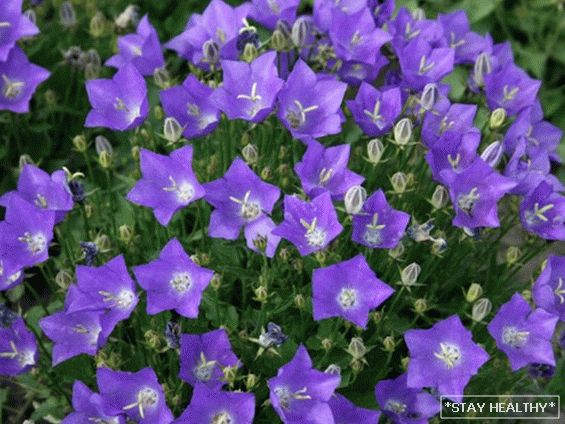
When the seed box reaches the desired maturation stage,
it acquires a brownish tint. At this point, its time to cut:
the color indicates that the box will open soon. To collect
tiny seeds from the ground won’t work, so it’s best to cut them
together with the “packaging” in advance.
How to propagate the bell: planting cuttings
Ways that you can propagate the bell bush and get
one more plant, several:
grafting;
root scion;
bush division;
rhizome segment.
The best option depends on what kind of bell
must be propagated. If it is an annual plant, then a new bush
the same variety can be obtained only when planting seeds. From
biennial spring can separate the young green cuttings, or
plant on seedlings, as well as annuals. Perennial bells
propagated by the above vegetative methods:
the only exceptions are species whose rhizome has
spindle-shaped or racemose (such will have to be propagated
seeds). Fromталкиваясь от формы корневища, можно определить лучший
breeding method of each particular species.
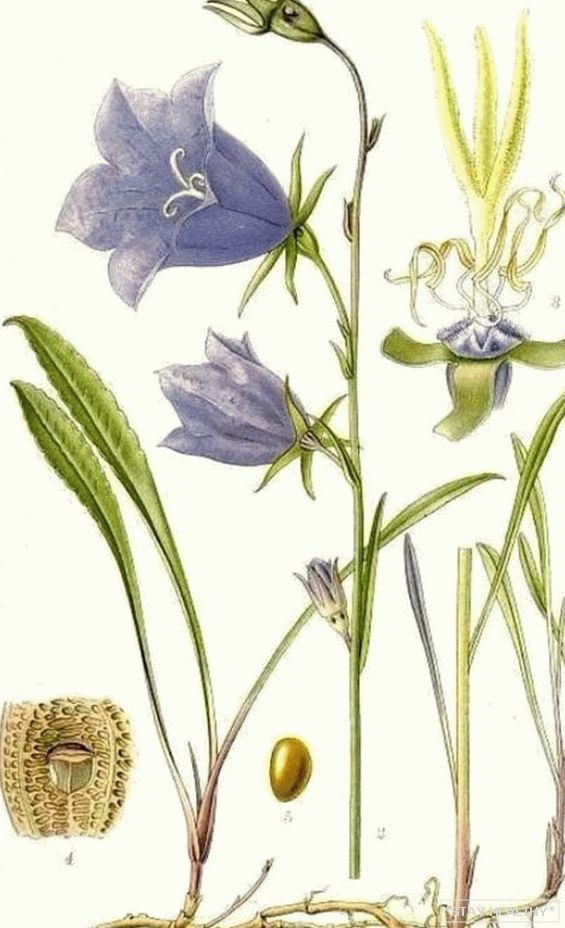
So, if the root is short and strongly branched, then it does not
it turns out to cut the “baby”, from which will grow a new plant –
this bell can be grown from seeds or any other
vegetative way. Fromрезок корневища можно получить только с
bell, whose root goes deep into the ground.
Collected seed boxes need to be laid out on clean paper.
and dry in a windless place. Since they were collected yet
immature, it will be disclosed on paper, and then not
will present no difficulty to collect small seeds in a separate
capacity.
It is possible to divide a bush, since third year. By this date he
is gaining enough vitality. The exceptions are
some varieties, such as peach, speckled – these can
share in the first autumn. It should be borne in mind that the plant should
have time to take root either before the heat (landing in May), or before the frost
(Aug. Sept). In general, this method allows you to get
a plant that exactly matches all the maternal data
A bush that will retain all its qualities. This is especially important.
for flower growers who prefer rare terry or southern varieties:
the first is difficult to grow from seed, and the second they just do not have time
mature in more northern latitudes.
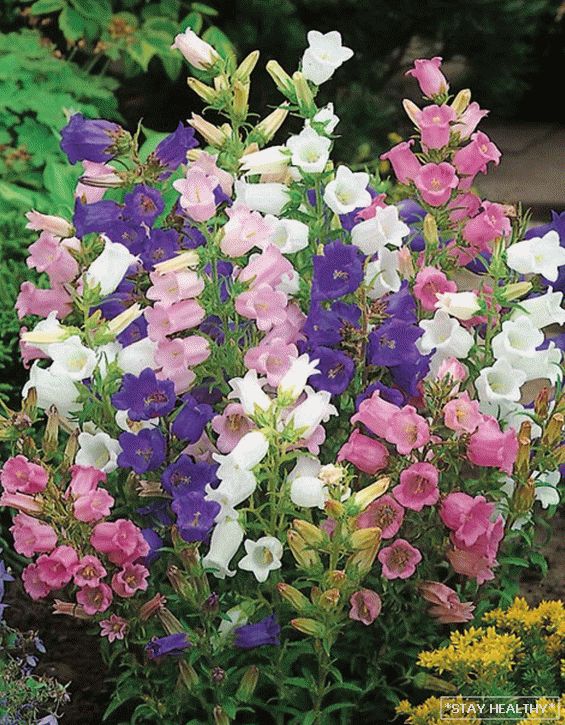
The bush is divided as follows: the whole aboveground part of the plant
it is clipped and dug up by the roots. The separation is carried out so
so that there are buds on every single plant, and enough
developed root system. Bells are planted in advance
prepared wells so that the kidneys remain on
surface.
Bell – rather unpretentious plant that does not require
no special skills and knowledge. If desired, it can
grow any grower.





